What Is IPS Monitor?
If you're using it for work or pleasure, you might not be impressed with a monitor's visuals, screen sharpness, or refresh rate. These are typical issues with an old computer monitor.
When buying a new one, people always look at these specifications. The panel type, however, should also be considered. "IPS" is one of the panel types most frequently used in modern LCD (liquid-crystal display) monitors.
An IPS display is one of the essential tools for entrepreneurs, businesspeople, and gaming industry members needing a monitor for a gaming pc. And you may need an IPS monitor for a more pleasurable computing experience.
Let's examine the IPS monitor, how the display functions, why you would prefer an IPS panel to an alternative cheap monitor, and some alternatives to an IPS monitor.

What is an IPS Monitor?
IPS, meaning In-plane switching (IPS), is an LCD (liquid crystal display) monitor technology. It is constructed from a backlit mirror positioned behind a polarising glass screen.
The IPS monitor comprises many liquid crystals. Like they are used in LCD technology, these liquid crystals are called liquid pixels. The liquid pixels are parallel to the glass screen on both sides.
When these crystals come in contact with electricity, they spin and create rich-coloured images.
IPS monitor is made for tech-savvies who demand precise and accurate colours on the screen.

The benefit of having an IPS monitor is colour performance and wide viewing angle. This indicates that you will still see excellent colour from any angle you view the screen.
High-end monitors, including those with certain touchscreen displays, must adhere to the IPS standard to be an eyecare IPS monitor.
In a modern IPS monitor, there are two additional varieties of panels. These include TN (twisted nematic), frequently used for less costly computer monitors, and VA (vertical alignment), which provides good contrast and deep blacks but is better for viewing television or performing less agile computing activities due to their slower refresh rates.
What is a TN Monitor?
Modern gaming monitors frequently use LCD panel technology, TN, or Twisted Nematic. Due to its rapid response time and speed, TN panels were traditionally popular among monitor industries when creating a gaming monitor.
Modern TN panels provide extremely minimal input latency and refresh rates that can reach 360Hz. This combination of features makes them the product of choice for gamers, particularly if they choose a more affordable alternative to an IPS monitor.
As response times and refresh rates are their primary benefits. Up lately, only TN panels could achieve pixel update reaction times of 1ms or less, making them the logical choice for gaming. They were the only panel type that could operate at a speed greater than 120Hz until recently.
The greatest gaming monitors don't simply use TN panels; gaming laptops also employ this less expensive option. However, TN must improve in colour, viewing perspectives, and accuracy. A VA monitor (vertical alignment) and an IPS monitor (in-plane switch) are superior options in these spectrums.
When it comes to general response, TN panels do provide more responsiveness and better gaming performance. The IPS monitor, however, wins out if you're concerned with colour accuracy, viewing perspectives, and overall visual quality.
What is a VA Monitor?
VA means vertical alignment. The VA displays employ liquid crystals perpendicular to the surfaces and vertically oriented.
Vertical alignment is referred to as VA. These LCDs employ liquid crystals that are perpendicular to the surfaces and vertically oriented. The surface is a simpler term for the piece of polarised glass used to create an LCD panel. These vertically arranged crystals tilt to allow light to pass through the screen when electricity is added. This technology differs from an IPS monitor, where liquid crystals parallel the surfaces.
The development of vertical alignment panel production gave LCDs colour and better viewing angles. VA panels offer the highest contrast of every LCD type and produce a far wider colour space than TNs and an IPS monitor.
Regarding colour and response time, VA models are considered ideal for TN, VA, and an IPS monitor. As a result of its vertically oriented liquid crystals, VA panels often provide the best colour contrast of the three monitor types. The VA monitor's black depths are more profound and defined than the black levels on the TN and an IPS monitor partly because of the vertically oriented liquid crystals.
In a comparison of the three, due to the colour accuracy and clarity of vision, TN panels are normally the least expensive; in contrast, an IPS monitor is the most pricey due to their picture quality.
Panel Type Comparison
|
IPS |
VA |
TN |
|
|
Gaming Performance |
Response times are slower than TN, faster than VA. |
Bad response times. Higher refresh rates are a possibility but not common. |
Best overall gaming performance with the highest response times. |
|
Picture Quality and Colors |
Highest colour accuracy. |
They have better viewing angles than TN but are still far behind the IPS panel. Good colour and contrast with the best image depth. |
Bad viewing angles than the two and bad colour accuracy. |
|
Pricing |
IPS panel is the most premium choice with high-end features. |
It can be pricey when features and performance is similar to TN display. |
Overall the cheapest option for the monitor. |
|
Recommended Use |
Professional editors, businessmen, etc. |
Good for general use. |
Best for gaming. |

What is an OLED Monitor?
Over the past few years, OLEDs have become increasingly prevalent in gaming, although they are still significantly more expensive than LCDs. OLED's key advantages in gaming monitor panels are the fastest response speeds, even faster than TN and limitless contrast.
The name "organic light emitting diode" refers to each pixel being self-illuminating, negating the need for a central light source as is typical with LCDs of all varieties, whether LED or otherwise. An OLED screen is even smaller than typical LCDs because they don't have a backlight or an edge light. But there are other differences as well.
OLED exhibits less eye strain, dryness, and tearing thanks to its superior contrast and broad field of view when seating posture is considered. With tremendous brightness that may easily surprise you and cause eye strain, LCDs frequently make up for lesser contrast. That's not what OLEDs do. OLED is better for gaming, particularly when considering the quick reaction and improved contrast guaranteeing accurate detail retention.
When examining OLED vs an IPS monitor, we notice that an OLED display is higher quality than an IPS monitor. They generate richer colours, deeper black levels, and faster response times.
When deciding between OLED or an IPS monitor, remember that OLED monitors offer comparable or greater viewing angles and may use less power when showing darker images. However, OLED is substantially more expensive and can only be produced in a few sizes.

Benefits
IPS Monitor
- An IPS display panel can be viewed from various angles, making it useful for teams who wish to share a display or view projects from different locations within the workspace. The viewing angle range of the IPS monitor is up to 178 degrees.
- Using 8-bit technology, an IPS display can show 256 variations of each primary colour. Compared to the 6-bit counterparts from TN monitors, which only display up to 64 shades per main colour, this renders colours far more natural.
- Even while our eyes cannot discern all of an IPS monitor's colour fluctuations, we can detect consistency. To demonstrate the substantial subset of available colours, the monitor can display and look for IPS panel products to provide "up to 98% of Adobe RGB colour space" or something comparable.
TN Panel
- The straightforward application of twisted nematic innovation is one of the main benefits of TN panels. This results in less expensive manufacturing needs and easier production procedures, further contributing to the economy of TN panels and the associated consumer electronics devices for end users.
- The operation of a TN panel doesn't necessitate a current to flow. It operates with low working voltages as well. The combination of these benefits results in TN panels having a low and effective power consumption, making them appropriate for use with batteries and lower-powered gadgets.
- TN panels have a quicker response time and a higher refresh rate when compared to IPS panels. In contrast to a standard IPS display's five-millisecond response time, ordinary TN panel pixels can change their state in as little as two milliseconds. High-end TN panels also provide 120Hz refresh rates rather than the more common 60Hz refresh rates. The perks of TN panels' faster pixel response times and refresh rates may allow them to convey twice as much data per second. Because of these, TN displays can be used for expensive gaming. Because it is more responsive and has a higher refresh rate than a VA or IPS panel, some die-hard gamers favour TN displays.
VA Panel
- While not as good as IPS panels, VA technology gives wider viewing angles and better colour reproduction than TN panels.
- Additionally, VA panels have the benefit of exhibiting higher contrasts than TN and IPS panels, resulting in considerably superior blacks. Although certain VA displays have high refresh rates, their significant latency can result in being ghosted and motion blur. Competitive players ought to steer clear of VA panels for this reason.
- Many televisions have VA panels, which produce contrast ratios of 6000: 1, producing substantially deeper blacks. Perfect for implementation in movies.
OLED Screen
- OLED substrates can be flexible rather than stiff because the light-emitting elements of an OLED are lighter. Instead of the material used for an IPS monitor or LEDs, OLED substrates can be made of plastic.
- Unlike an IPS panel, OLEDs do not require backlighting. OLEDs produce light directly, but an IPS display uses selective backlight blocking to create the images you see. OLEDs use much less electricity than an IPS monitor since they don't need a backlight (the backlight consumes most of the power in an LCD). It is particularly crucial for battery-powered devices like smartphones.
- OLEDs may be produced more cheaply and in larger capacities. OLEDs are fundamentally made of plastic. Therefore, they can be formed into broad, thin sheets. Growing and laying down such many liquid crystals is much more challenging.
- OLEDs have broad viewing angles of roughly 170 degrees. Because LCDs function by obstructing light, they are inherently difficult to view from some angles. OLEDs have a much broader viewing angle because they emit light.

Should You be Upgrading to an IPS Monitor?
Professionals should use an IPS monitor. It is wise to purchase an IPS monitor for professional use if you are a photographer, graphic designer, video editor, or artist (bearing in mind that different IPS brands can still differ greatly from one another).

Because of the broad viewing angle, the IPS monitor is a great option if you enjoy binge-watching your favourite television series on the computer with friends. Gamers can also benefit from IPS displays, particularly in immersive, slower-paced games. Still, you'll have to pay more to enjoy the same rapid refresh rate as less expensive TN panel monitors.





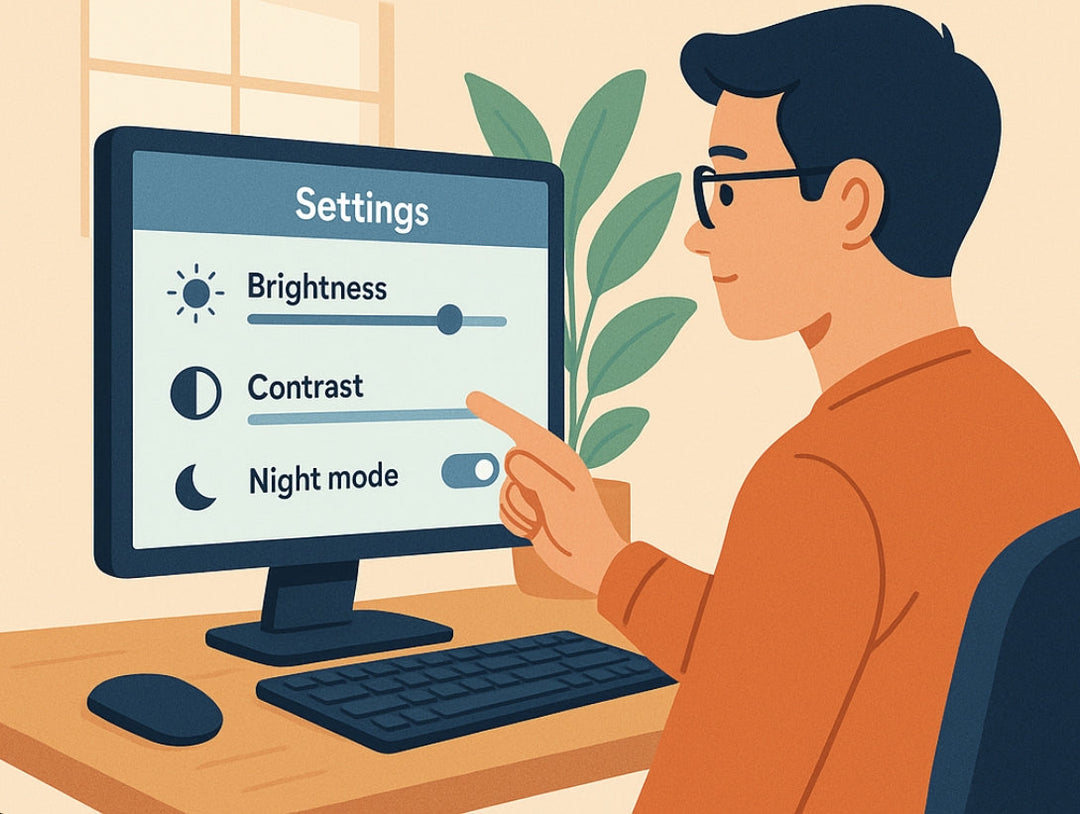
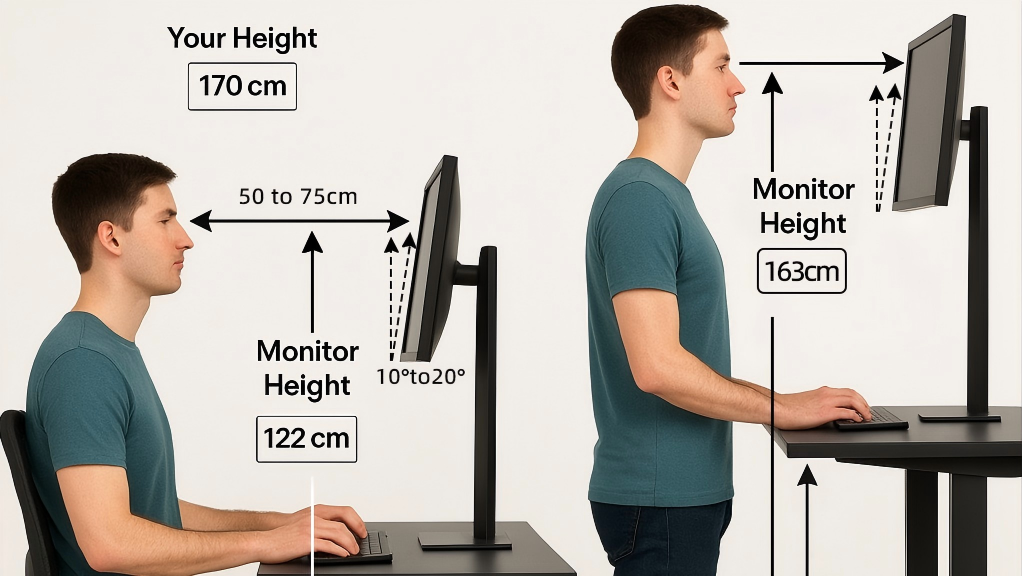

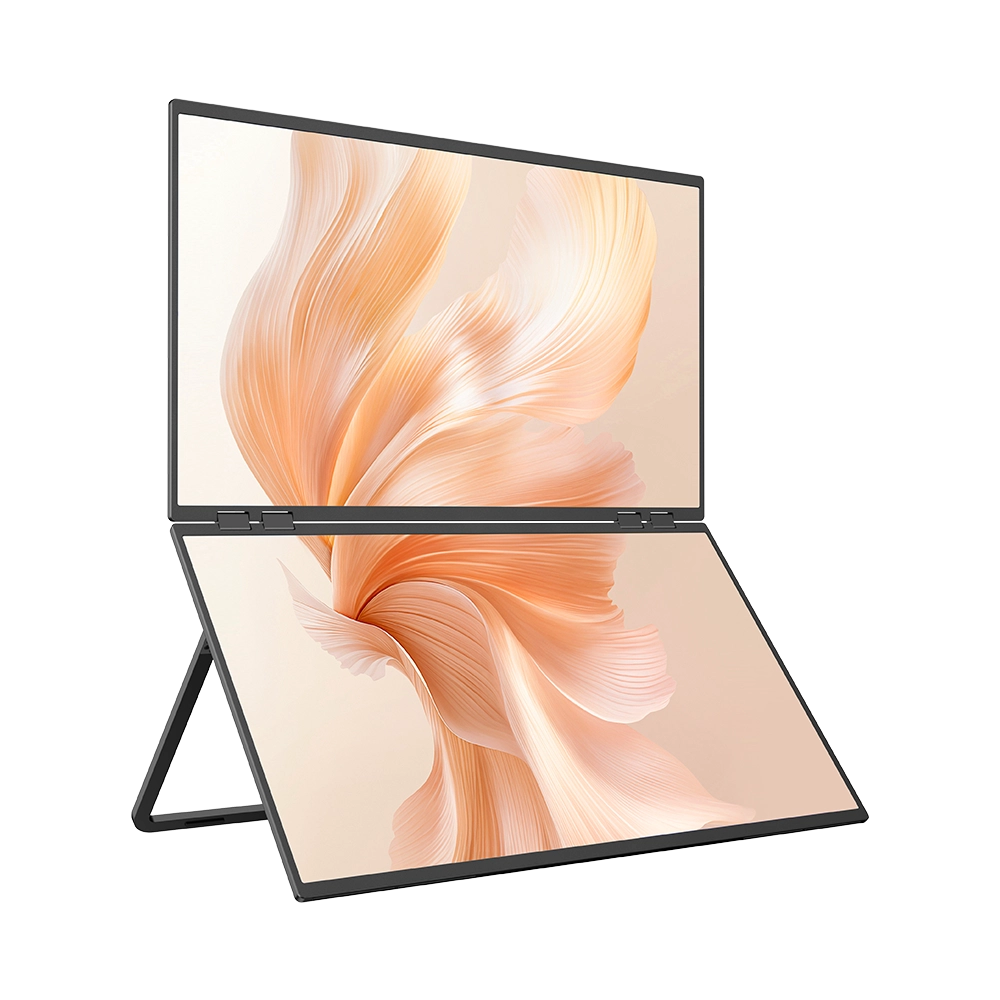
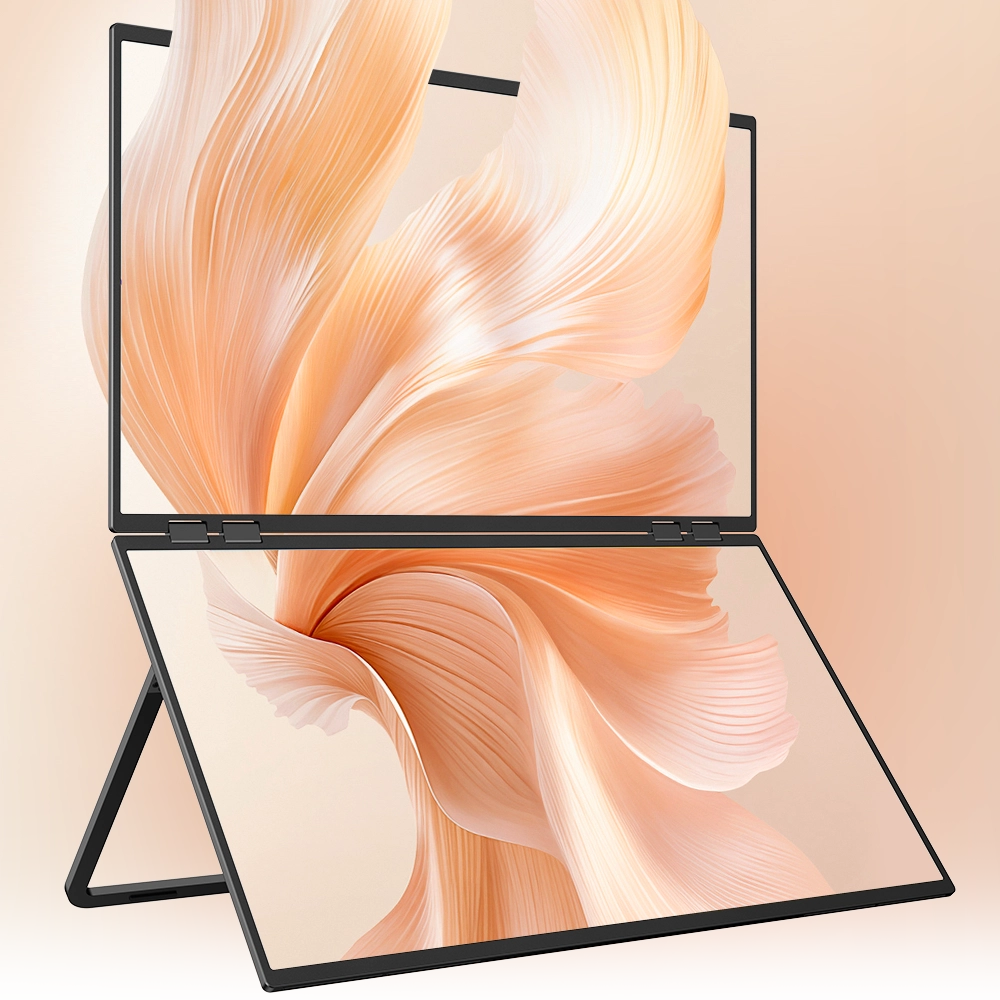
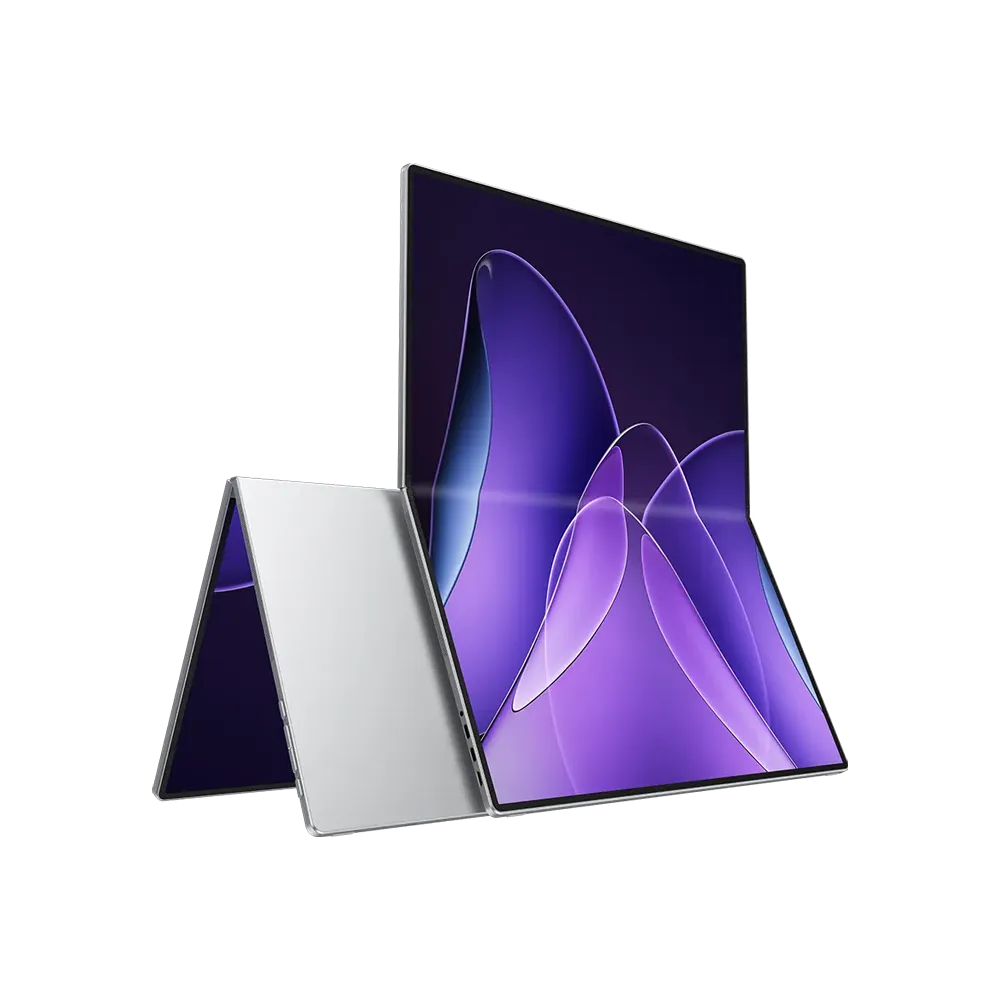

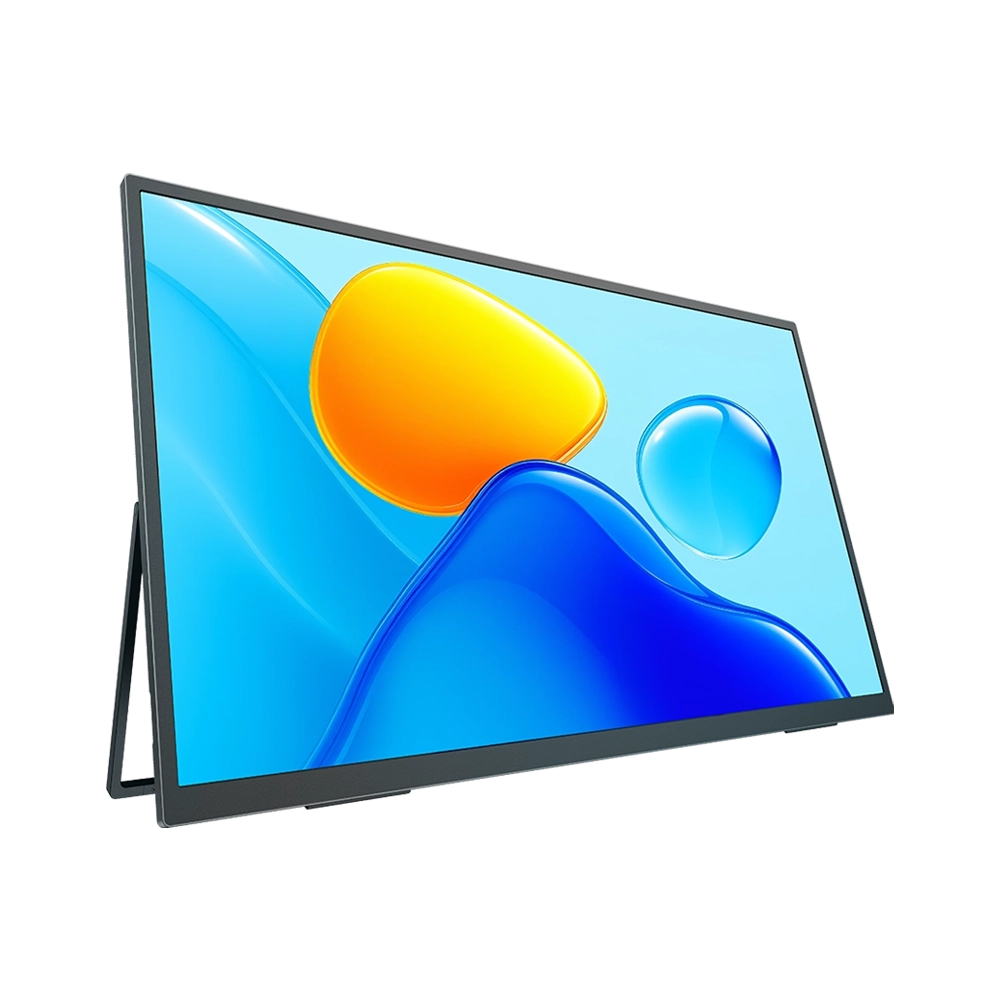

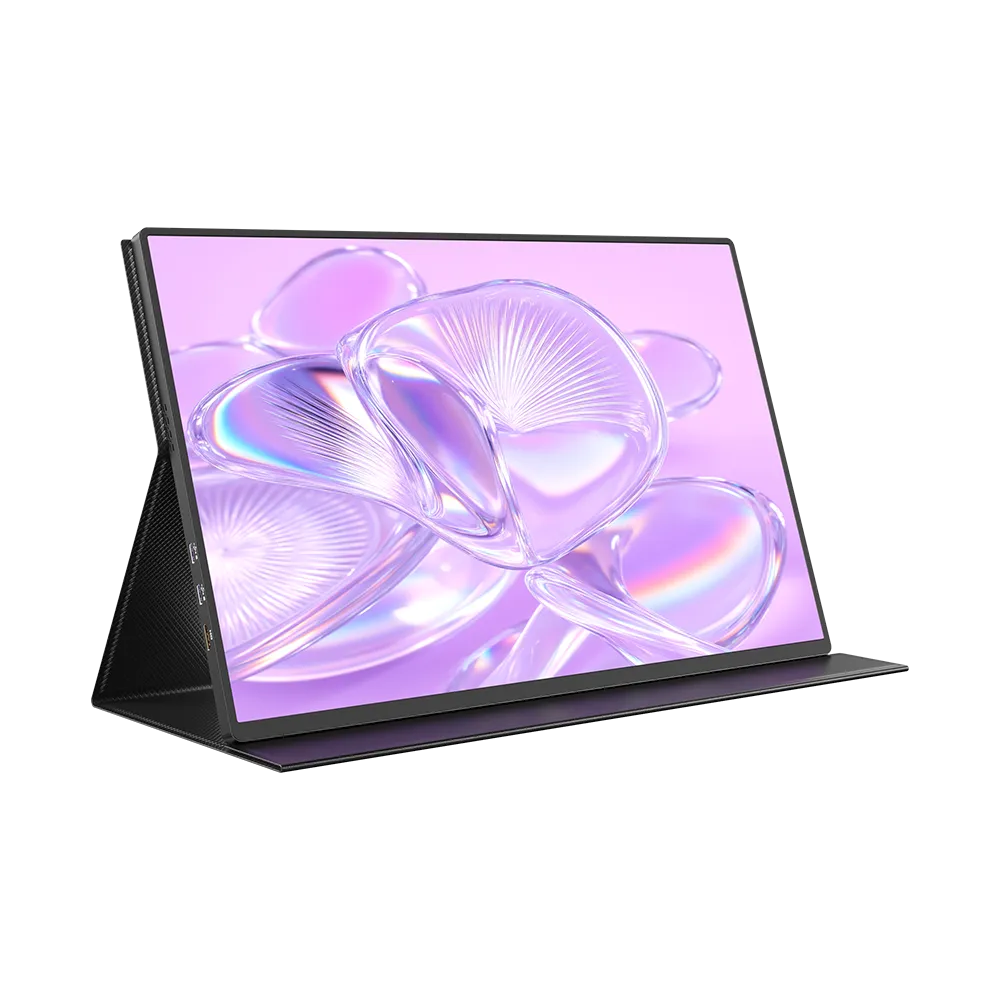
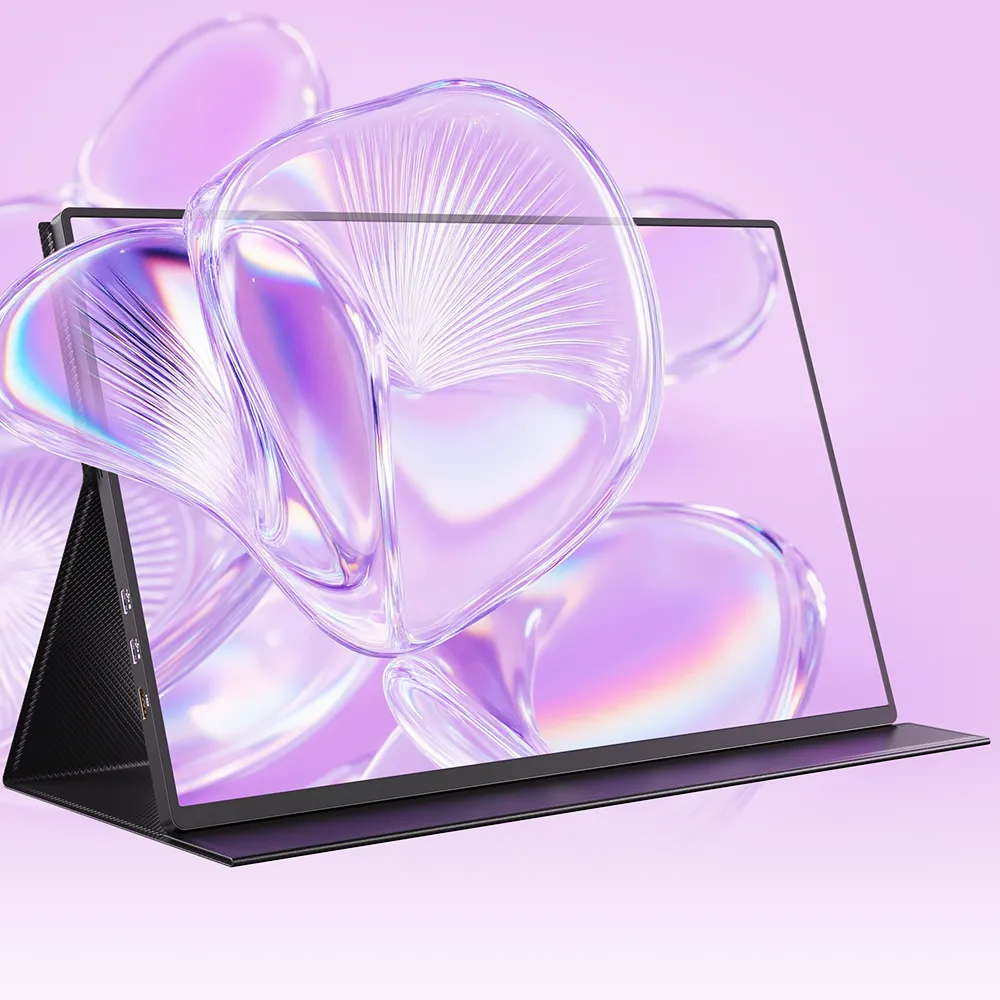

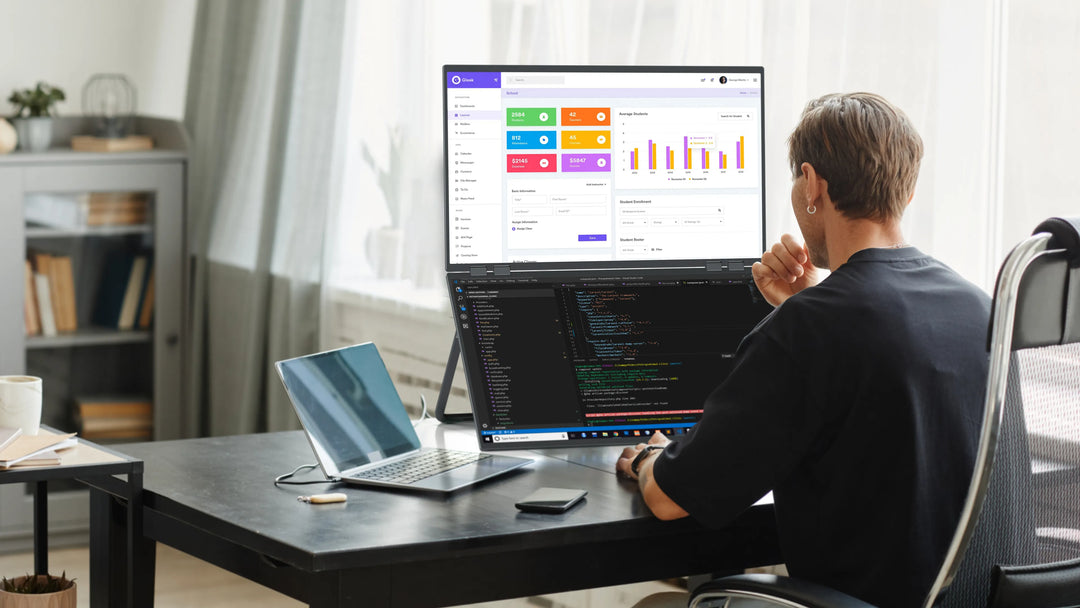

Leave a comment